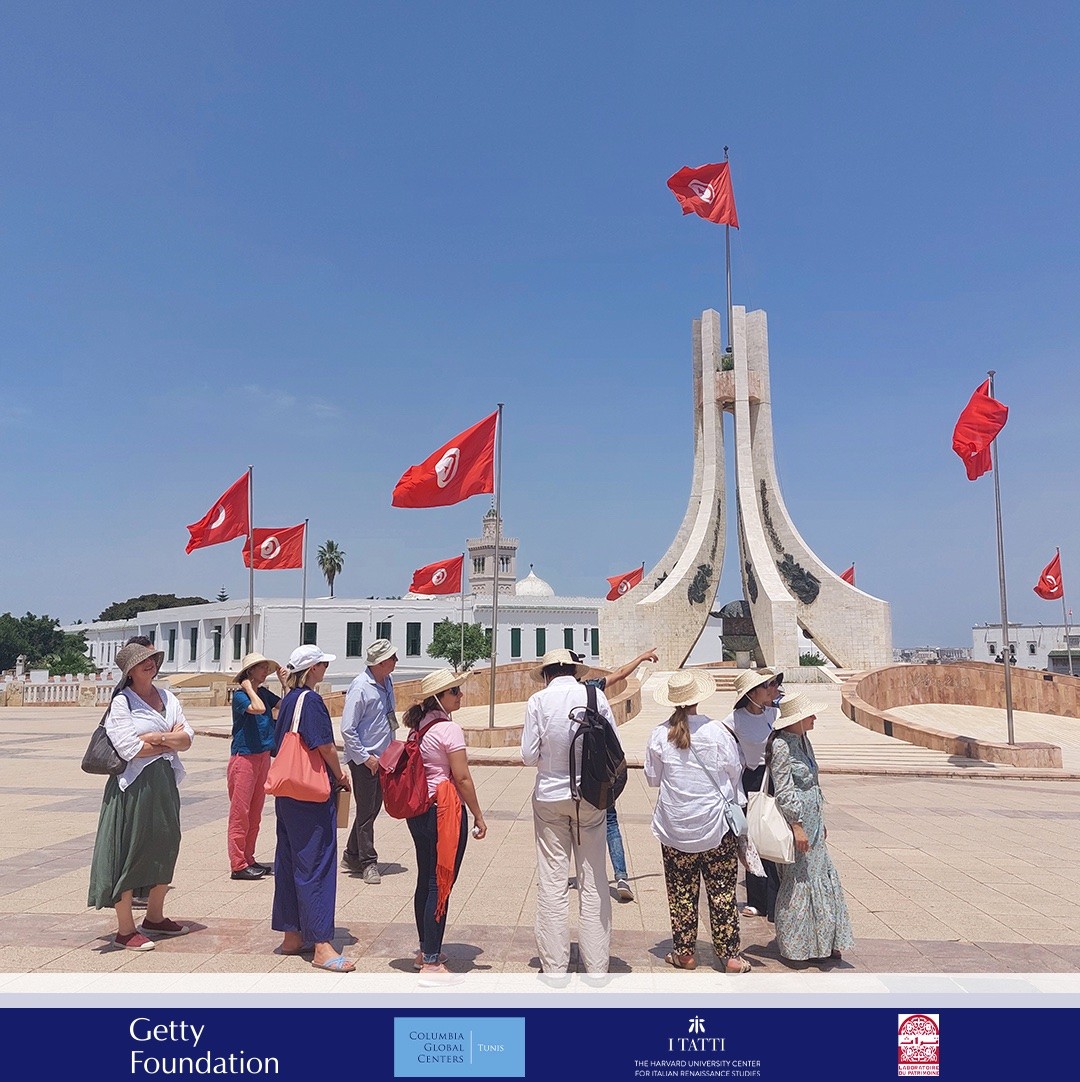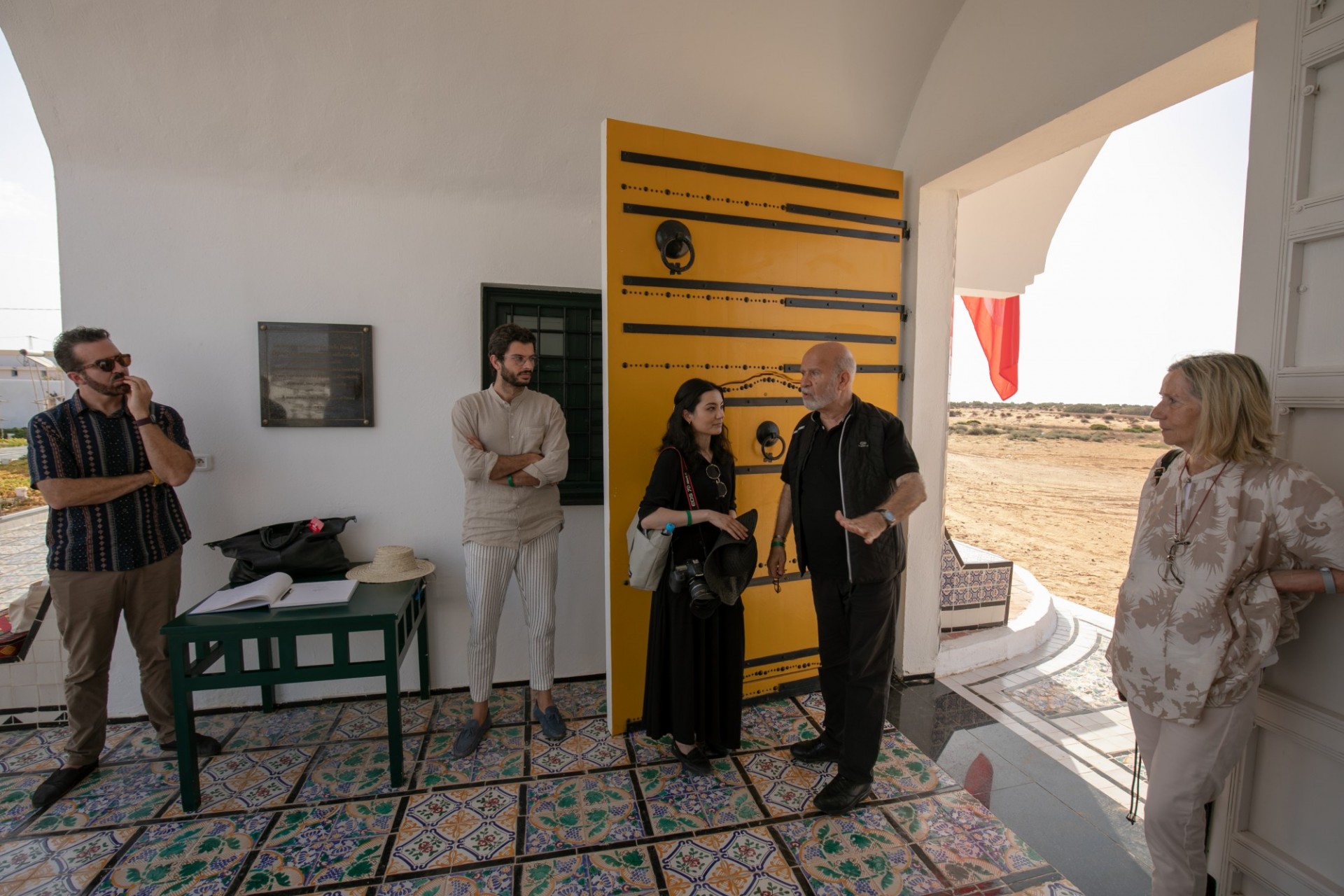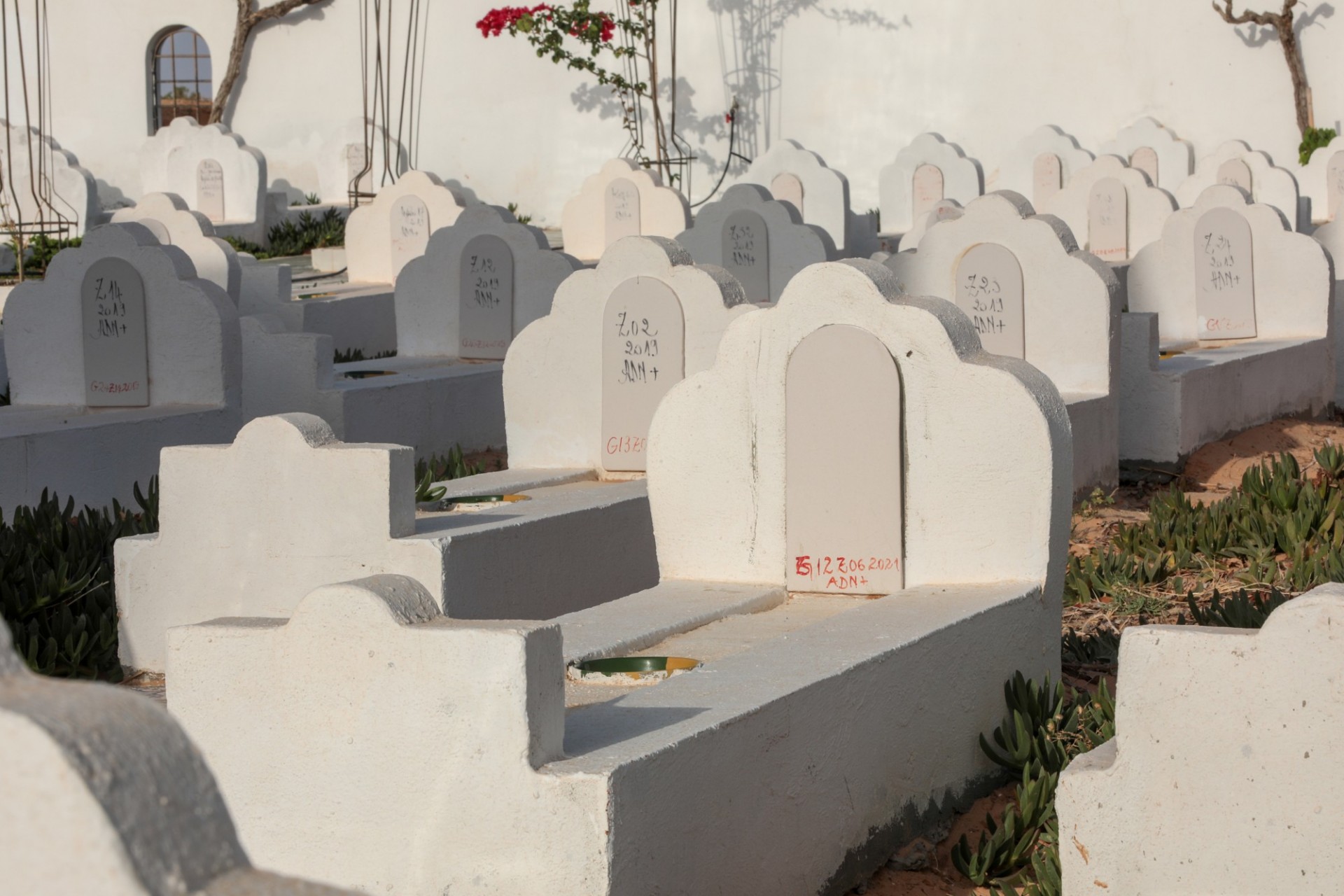The Habsburgs in Tunis (1535-1574) Workshop

The ????????? ?? ????? (????-????) workshop was organized by Columbia Global Centers | Tunis in partnership with the Columbia University in the City of New York Department of Art History & Archeology, Getty Foundation, I Tatti - The Harvard Univ. Center for Italian Renaissance Studies (Harvard University), and Laboratoire Régions et Ressources patrimoniales de Tunisie (Université De la Manouba).
During four days, 25 International and Tunisian scholars participated in several discussions on the writing of Mediterranean history during the Habsburg era, the production of artworks celebrating the capture of Tunis, and the looting of the city's artworks and antiquities. In addition to the sessions held at Columbia Global Centers | Tunis, participants were hosted at Instituto Cervantes Tunes in partnership with the latter and the Embassy of Spain in Tunis and enjoyed guided tours of Carthage and the Medina. The last day was dedicated to highlighting the important work of local stakeholders in addressing the migrant crisis in the Mediterranean as part of the “Connecting Art Histories” initiative, which focuses on revisiting histories of the Mediterranean to reemphasize connections between Europe and Africa. Thus, Zarzis was the destination of some of the team members who discovered the region and the migrants' cemetery.
Abstract:
The fight over the waters of the Mediterranean Sea was, and still is, a struggle for hegemony and control of movements. Thus, straits and crucial sea passages of the Mediterranean were the target zones, from which empires could exercise their political powers and hegemony over sea and land. Situated at the very heart of the Mediterranean and controlling the movement between its western and eastern seas as well as the naval route from Africa to Italy, Tunis appears as one of the important sites of this fluid landscape. At the Age of Suleiman the Magnificent, with the arrival of the Ottomans to Tunisia on August 16, 1534, a radical change in empires’ hegemony of the Mediterranean Sea occurred. Though earlier, European imperial powers might have claimed great success in expanding into the New World and controlling sea routes along the coasts of Africa and India, the Old World was under the fear of the Ottoman rapid expansion. On June 1, 1535, armed by a robust naval power, Charles V attacked La Goletta and entered the city of Tunis. The occupation of Tunis by the Habsburgs lasted almost 40 years; Tunis was recaptured by the Ottomans in 1574. And yet, beyond the Christian-Muslim politics of the day, the fall of Tunis at the hands of the powerful ruler of the Habsburgs, Charles V, marked a turning point in the histories of East-West interactions. The interactions with Tunisia’s ‘Classical’ past, such as the archaeological ruins of the city of Cartage and the Roman theatre of El-Jam, initiated a novel scientific and historical gaze for studying this space. This antiquarian approach of the 16th century went beyond the common orientalist’s vision, recalling to some extent Napoleon Bonaparte’s discovery of the ancient ruins of Egypt by the end of the 18th century. Moreover, a sharper perception was born for writing history in general and Mediterranean history in particular, which helped Europe to redefine its past and renew its identity as a fresh ‘Old World’.
This workshop aims at gathering circa ten scholars (historians and art historians alike). The focus will be put on the writing of histories of the Mediterranean at this specific conjunction of time, the production of art that celebrated the capture of Tunis, and the looting of the art and antiquities of Tunis in this specific span of time. It will include studies on the monumental embroideries produced for memorizing the capture of Tunis, prints, paintings, and portraits of Mulay Hassan made by famous artists like Jan Cornelisz Vermeyen and Peter Paul Rubens, and even decorated arm and armor commissioned by the Medici in Florence for memorizing this historical triumph. Moreover, tracing the looted goods of Tunis will include the sack of numerous Qur’an codices and other objects of luxury exported to Europe.
Image Carousel with 13 slides
A carousel is a rotating set of images. Use the previous and next buttons to change the displayed slide
-
Slide 1: poster
-
Slide 2: poster
-
Slide 3: poster
-
Slide 4: poster
-
Slide 5: poster
-
Slide 6: poster
-
Slide 7: poster
-
Slide 8: poster
-
Slide 9: poster
-
Slide 10: poster
-
Slide 11: poster
-
Slide 12: poster
-
Slide 13: poster





